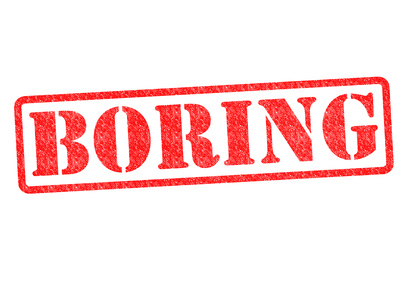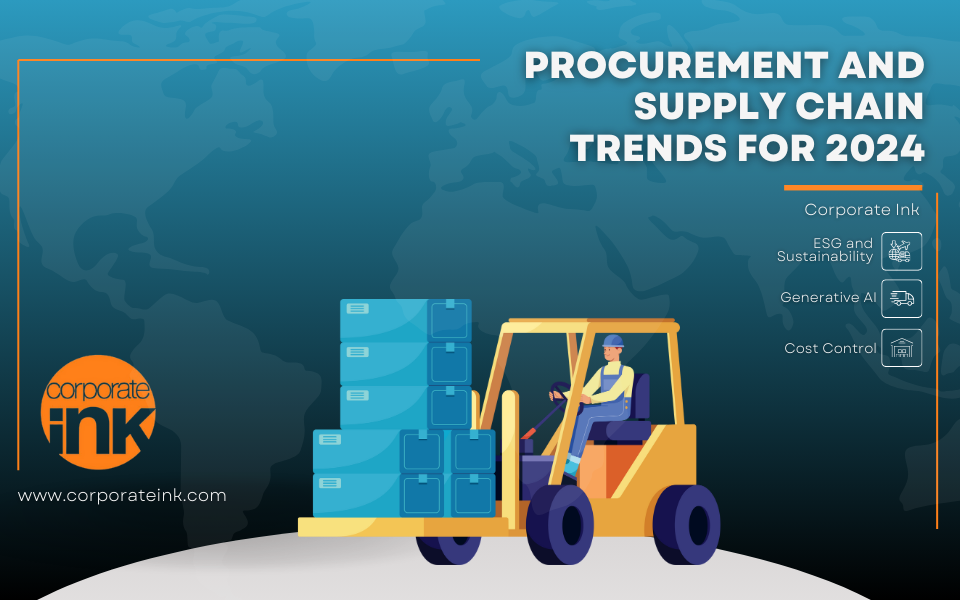Local sourcing: An asset or a liability?
April 28, 2016
Even “boring” industries need marketing
December 7, 2016Save money. Reduce Risk. Increase efficiency.
If you are a procurement or sourcing vendor, it’s likely that these three messages are baked into your sales and marketing pitch. Which makes sense – they are all critical representations of the value you deliver. There’s one problem, though: Every other solution provider is saying basically the same thing.
The latest and greatest message – which in reality, isn’t all that new (some vendors have been leading with this for five years now) – is moving beyond savings to generate shareholder value, increase profitability and make a strategic difference within the organization.
The procurement technology industry is a copycat league – and as much as the market evolves, it stays the same. Consider the big supply chain industry trends you hear about today: supply chain transparency, quality over cost, sustainability rules, etc. Yet in a recent Deloitte survey of Chief Procurement Officers (CPOs), the number one procurement priority was nothing new or flashy: It was to cut costs.
How does a B2B marketer cut through the sea of sameness? How do you stand out from the crowd and sell to CPOs without being so different that your approach is pushed aside? And in an industry that’s been historically slow to evolve, how do you push forward and bring new approaches to market, without scaring away buyers?
There’s no simple answer or secret formula, as every company has its own unique circumstances. But in the nearly 30 years that we have been working with supply chain and procurement companies, there are five tested strategies that will put you on the path to success:
- Solve problems first: As mentioned above, every vendor claims to reduce risk and improve savings. That’s table stakes – if your target buyer isn’t aware that you can accomplish these things, you won’t be invited to the party. The bigger messaging priority is speaking to how you will help the end user solve problems easier and faster than the rest. How will you make their lives easier? What pressure points do they face every day – and how do you solve them?
- Know your buyer and target accordingly: To accomplish number one, you need to truly understand your buyer. What motivates them to take action? What keeps them up at night? What type of resources do they need? What stands in their way of success? These answers vary on both the title and industry level – and your marketing needs to do the same. Understanding the differences, and communicating the right message to the right buyer, makes all the difference in the world. Just put yourself in their shoes: Are CMOs measured on the same KPIs as marketing coordinators? The differences are distinct – and if you can’t target and message appropriately – it’s hard to break through.
- Educate, don’t sell: The procurement and sourcing technology buying cycle is incredibly long. For anyone that’s found a way to sign a major deal simply by sending sales collateral and a click-to-buy button – stop reading now and keep the secret to yourself. For the rest of us (which we’ll assume is everybody), the focus needs to be on educating the market and driving awareness. With such a long sales cycle, as a marketer, it’s your job to stay in front of your prospects on a regular basis, and provide them with helpful resources that both solve their problems and make them wonder whether there’s a better approach or strategy than what they are doing today. The more a prospect looks to you as a credible source for valuable information, the more likely you are to be included when the time comes to search for a new vendor.
- Once engaged, let your differences shine: Marketing to your competitive differentiators is always important – but so is the timing. To communicate effectively, you need to understand where your prospects are in the sales cycle. Going back to point number three, the first step is to educate and be helpful. Once the prospect is ready to buy – that’s the time to hit him with your unique approach to the market. But remember the first point: Focus on how your approach solves problems – not the end benefit (cost savings, risk, etc.) with which every other vendor leads.
- Communicate everywhere: Once your messaging is baked, use the full arsenal of marketing tactics to ensure you get your brand in front of the right people. Traditional approaches – such as driving awareness in the media and with key online influencers, analyst relations, sponsorships, outbound email campaigns and events – are all still incredibly valuable. The most effective programs complement those strategies with a more holistic approach, including paid targeting on social, persona-based demand generation campaigns, video and paid and organic search marketing, including SEO.
Demand for procurement and supply chain technology and expertise continues to grow at a rapid pace, and while not easy, the opportunity for technology and services vendors to stand out and take a larger share of the market is immense.
For nearly 30 years, Corporate Ink has specialized in helping procurement and supply chain providers build brand, drive demand, increase awareness and accelerate sales. When you are ready to take the next step and improve your supply chain and procurement marketing efforts, let us know. We’d be happy to discuss your marketing priorities, opportunities and challenges – and share a few ideas to help you stand out in a competitive, crowded market.






